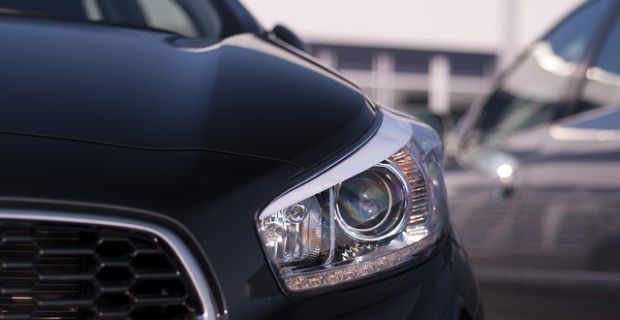
VIN Location Mini is the most important thing when you are buying used car. You should to check before you buy the vehicle. You can check if vehicle had accident, was crashed or is stolen. If you want to buy durable vehicle you have to find chassis number mini.
VINs were first used in 1954. From 1954 to 1981, there was no accepted standard for these numbers, so different manufacturers used different formats. Only in 1981, worlds car makers from Europe and USA set the one standardized format of present VIN Number. It required all over-the-road vehicles sold to contain a 17-character VIN, which does not include the letters I (i), O (o), and Q (q) (to avoid confusion with numerals 1 and 0).
Where to find VIN?
VIN Location Mini depends vehicles is located in different places. It depends on the model and manufacturer. The most popular places are: on the car’s firewall, on the bulkhead on the on the engine itself, on the middle column, on the door frame, next to steering, next to passenger seat, next to spare wheel. Don’t waste your time! Use our tool and find VIN Number in a few seconds. Use the tool on VIN-Location.com to VIN decoding. The website has huge database of vehicles, that help you in simple way get information on how to find VIN on your vehicle.
Remember that before you buy, check the history of the vehicle. You do this by typing the VIN Number Mini below:
The generated report is an invaluable aid in checking the vehicle. The data it contains constitutes a basic compilation of information necessary to know the history of the car. All the information contained in the report you receive is an indispensable and even necessary element of checking the car before buying it.
VIN number – what is it?
The VIN, or Vehicle Indentification Number, is a unique vehicle identification number that contains numerous and important pieces of information about a car. The VIN contains information such as country of manufacture, model year, drive type, engine version, equipment options, among others. VIN numbers were first used in 1954 in the United States. Car manufacturers such as Mini were already marking their cars in this way. Marking of this type began to be used by manufacturers in Europe. However, the first numbers looked very different. It was not until the 1980s (in 1981 to be precise) that the world’s manufacturers, together with the US manufacturers, finally agreed on this issue.
In 1981, the National Highway Traffic Safety Administration in the United States standardised the format. Cars sold should contain a 17-character VIN that does not contain the letters I (I), O (o) or P (q) (to avoid confusion with the numbers 1 and 0).
A common standard has therefore been developed to facilitate the work of the police, insurance companies and used car dealers. From now on, the VIN of each car has 17 characters – letters and numbers.


 EN
EN  PL
PL  RU
RU  DE
DE  HU
HU  EE
EE  LV
LV  RO
RO  SI
SI  CZ
CZ  LT
LT 